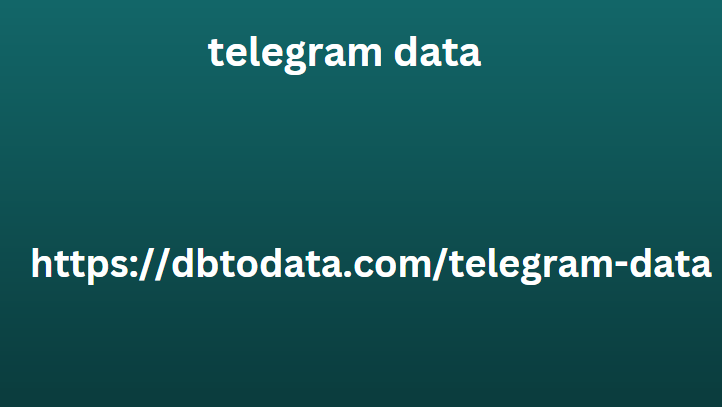Your cart is currently empty!
Captive Portal: Landing Page Solution for Offline Business
WiFi is an undeniable necessity for offline businesses. Before customers can enter the network you offer, you can direct visitors first to a page called a captive portal to register. This captive portal solution has been used in many businesses including restaurants, cafes and hotels.
Captive Portal: Landing Page
Many marketers do not understand and know the benefits of captive portals. Most of them are only familiar with landing pages and think that all site pages can function as landing pages. Although every business site page should be able to sell products, there is a significant difference between a landing page and a captive portal.
What is the Difference Between a Landing Page and a Captive Portal?
Landing pages generally have two main functions. When you advertise on social media or use banner ads, you may not be able to write in detail the products you want to sell. Landing pages provide a platform to display your business in more detail and convince visitors to buy it.
The second function ihrough a form included at the end of your l oman telegram data nding page. So, what about captive portals?
Captive portals offer customers
The option to log into a pre-arranged WiFi network. This option evaluate possible key which requires them to provide certain details such as social media accounts, emails, etc. before they can access the internet. This is what makes captive portals useful for various ma bz lists rketing purposes. One of them is by providing incentives for the information they enter to log in. These incentives or rewards can be in the form of discount vouchers or recommendations for favorite menus (if your business is a restaurantcafe).
